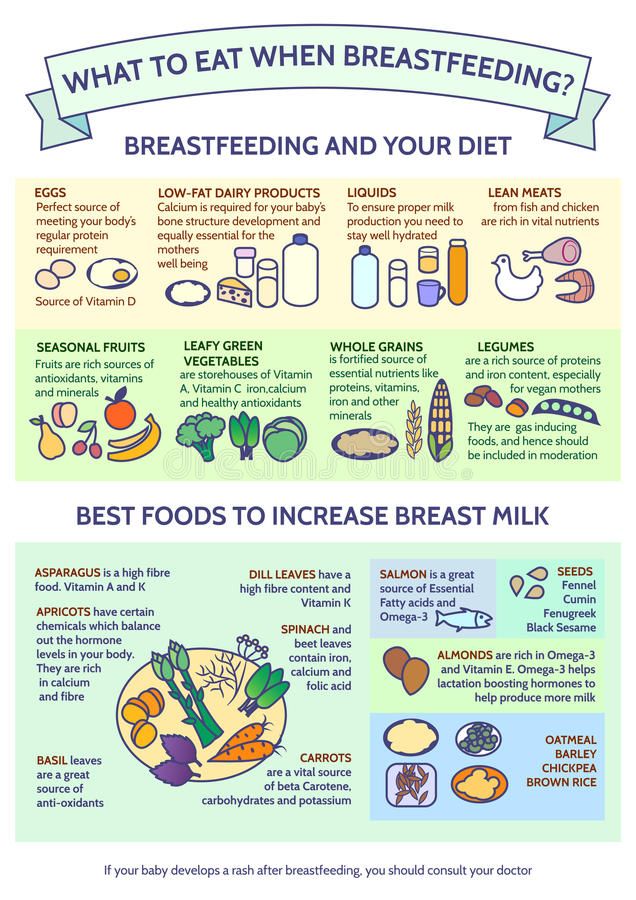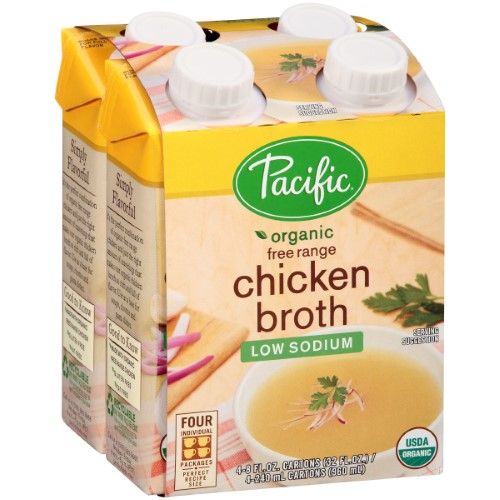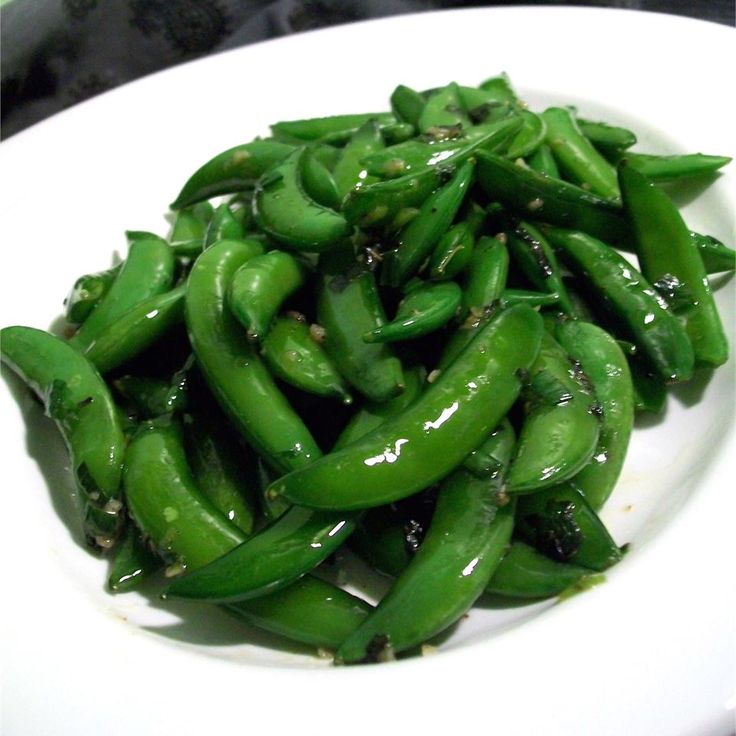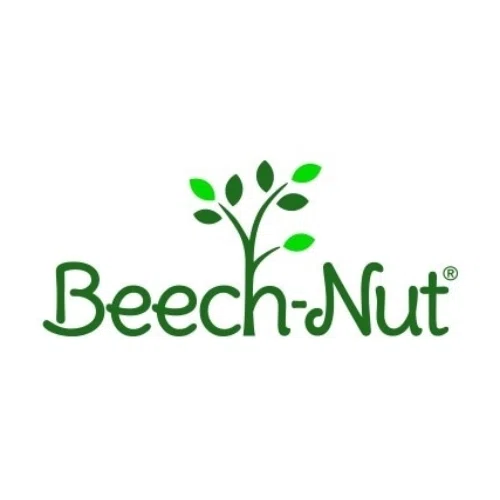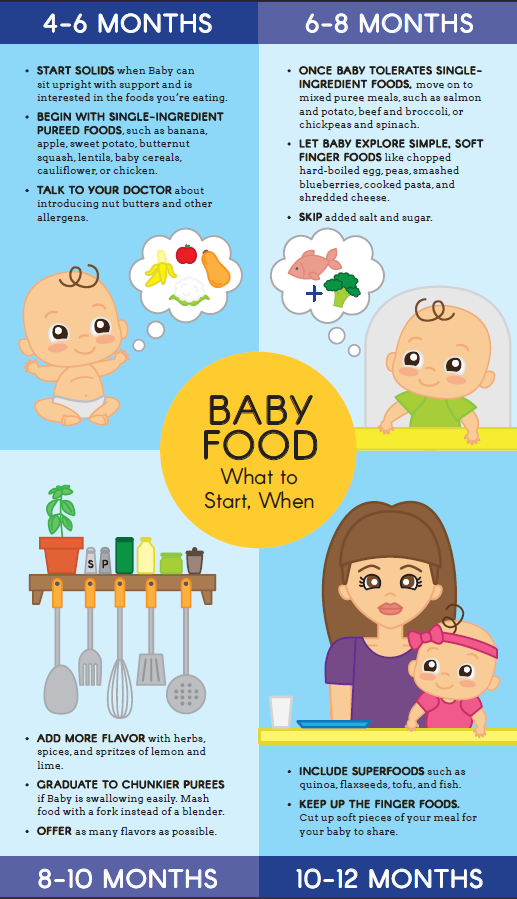Whole food for baby
65 whole food finger foods for baby
The best thing about this list of whole food finger foods is that are they very easy to prepare and some require no preparation at all. In fact, many of the ingredients are already sitting in your fridge, pantry or fruit bowl, ready to be washed, peeled, cut and served.
Offering your baby a wide variety of food is incredibly important in the first year of life when he is more likely to accept them.
Many of the finger food ideas I see on BLW (Baby Led Weaning) forums are some kind of mixed dishes, like muffins or egg creations with fruit or vegetables mixed in them. I think they are ok to serve from time to time but ultimately we want the baby to get a lot of exposure to individual foods so that he can learn to like them.
You can read about the pros and cons of Baby Led Weaning here, check if your baby is ready for solids here and find out why I chose a mixed approach to starting solids here.
If you would like to get the whole framework and all the steps to start your baby on solids using the mixed approach, using both finger foods and purees, check my Stress-Free Solids program – it’s completely online and has videos of babies eating both finger foods and purees, in addition to recipes, schedules and the latest scientific advice on introducing allergens.
On the list you will see things like nori, raw baby spinach, raw green onion or artichoke hearts. You may think that they are a strange choice for baby finger food but in fact they perfectly appropriate and very nutritious. Who says we have to be limited to bananas and avocados? You may be surprised by your baby’s preferences!
Safety concerns
The best thing you can do to ensure your baby is safe is to stay with her at all times when she is eating. Next, avoid choking hazards.
I also highly recommend taking a CPR course and/or learn the Heimlich maneuver in a certified first-aid training class.
To keep finger foods safe, make sure they pass the “squish test”. Take a piece and press it with two fingers. If it can be squished easily between the fingers, this food is safe for your baby.
Research shows that safe finger foods are not more likely to make your baby choke than purees or milk. According to the team conducting one study, foods to avoid are: “…anything that couldn’t be mashed on the roof of the mouth with the tongue; very small foods such as nuts, grapes, sweets and food with pits; raw veggies; under-ripe or hard fruit, including raw apple; citrus fruits, unless each segment had been peeled; whole nuts and popcorn; and foods cut into coins, such as sausages or carrots.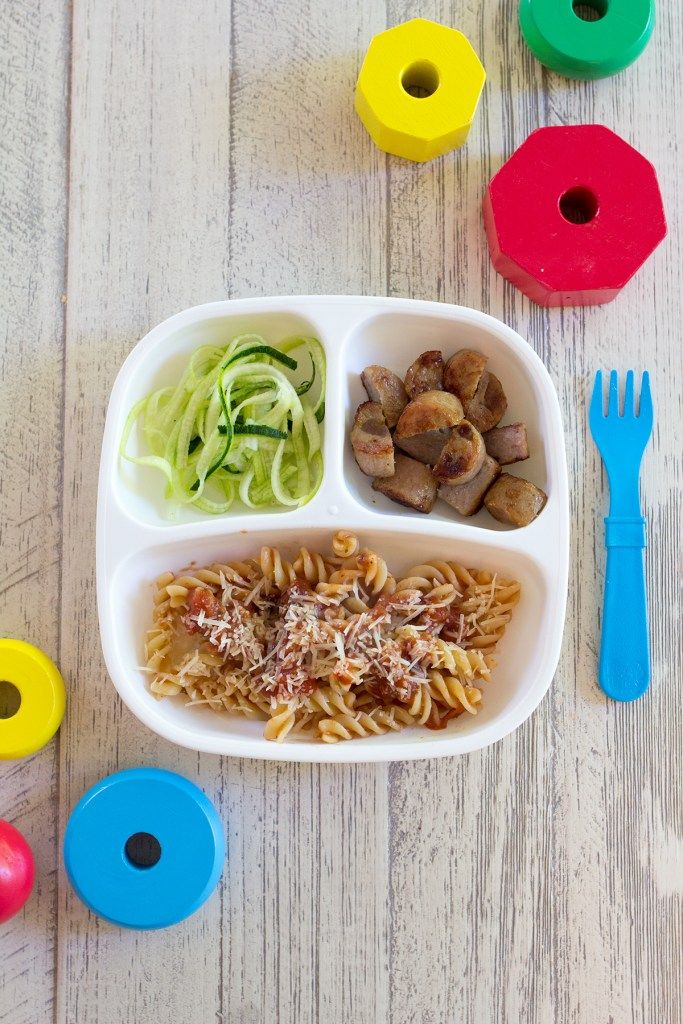
The shape of finger foods matters
Your baby may be ready to start experimenting with finger foods as early as at 6-7 months. At this stage, he can only use his whole palm to pick up the food. So it is important to cut the food into large disks, large slices or sticks the size of your finger that can be held in a hand comfortably.
Too slippery to hold? Wash well and leave the skin partially on for a better grip or dust food with baby cereal.
If you would like more tips, I made a Facebook video on how to cut finger food sot make them less slippery and make them easier to hold (including using a special tool I love).
By 8-10 months most babies can use their pincer grasp, i.e. their fingers to pick up smaller pieces of food. Finger foods cut into small shapes about the size of a dime will be the best match to their abilities at this point. All the foods from the list below can be cut smaller to allow babies to practice their pincer grasp.
You may be surprised to know that babies are also very good at eating thick purees with their fingers. Thick oatmeal, mashed potatoes or any thick puree will make a perfect (but messy) finger food for your little one. Food that can be shredded like cheese or shaped into balls like sticky rice can also be served as finger foods.
To make it easier to print it out or save it on your computer, download the pdf here.
65 whole food finger foods for baby
Grains:
Mashed potatoes, to be eaten with fingers
Noodles
Oatmeal, thick enough to be eaten with fingers
Polenta, cooked, cooled and cut into sticks
Pasta
Quesadilla, wedges
Sticky rice balls
Toast, sticks
Vegetables
Artichoke hearts, steamed
Avocado, cut into wedges
Cucumber, sliced
Eggplant, slices or sticks, roasted or pan-fried
Kale and other tough greens, sautéed or steamed
Onions, green (raw) – you will be surprised
Seaweed sheets / Nori
Tomatoes, sliced
Beets, roasted (I recommend the pink variety, for obvious reasons :))
Broccoli florets, steamed or roasted
Butternut squash, sliced and roasted or steamed
Carrot, sticks or slices, roasted or steamed
Cauliflower florets, roasted or steamed
Green beans, steamed or pan-fried
Parsnip, sticks, roasted or steamed
Potato wedges, roasted
Spinach, baby, raw
Sweet potato, wedges, roasted or steamed
Zucchini, slices or wedges, roasted or steamed
Fruit:
Apples, wedges, steamed, microwaved or roasted
Apricots, cut in half
Banana, cut into sticks or partially peeled
Figs, wedges
Grapes, cut into halves lengthwise (choking hazard if left whole!)
Kiwi, wedges or slices
Mango, sticks or slices
Melon, sticks or slices
Orange, segments, peeled
Peach, halves or slices
Pear, very ripe, wedges
Persimmon/sharon fruit, slices or wedges
Pineapple, sticks or slices
Plums, halves or wedges
Raspberries – cut in half if too big
Strawberries, whole
Watermelon, sticks
Protein:
Beans, very well cooked or canned, cut in half if big
Beef, braised, separated into sizable chunks
Beef, steak, cut into slices
Cheese, shredded or cut in thin slices
Chicken, sticks or thick slices
Cottage cheese, to be eaten with fingers
Duck meat, sticks or thick slices
Eggs, boiled, wedges
Eggs, omelet, squares or slices
Eggs, scrambled
Eggs, soft boiled, with toast sticks for dipping
Fish, roasted, fried, tinned or steamed, separated into flakes
Lamb, braised, separated into sizable chunks
Lamb cutlets, slices
Meatballs, slices or served whole
Peanut butter, to spread thinly over a toast
Pork, braised, separated into sizable chunks
Pork, cutlets, slices
Tempeh, sticks
Tofu, baked or stir-fried, sticks
Yogurt, to be eaten with fingers
Would you like me to send you the list in a downloadable format?
How to Get Started with Baby Led Weaning: A Nutritionist's Guide
by Dana Simkins
Disclaimer: This post contains affiliate links which means I will receive a small commission (at no extra charge to you) should you choose to purchase a recommended product.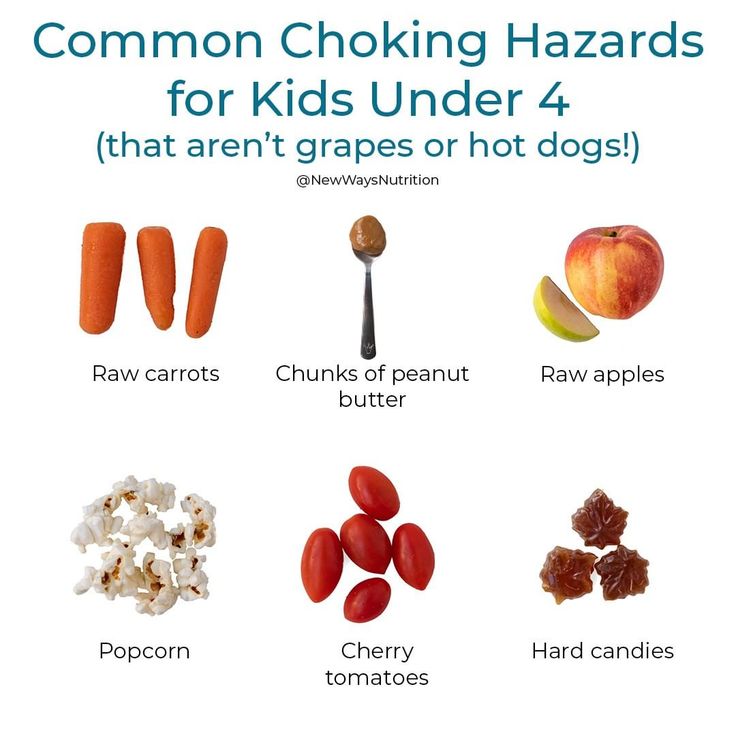
If you’re a parent, you may have heard of a style of infant feeding called Baby Led Weaning. I first learned of this approach in my Pediatric Nutrition course while working on my Master’s. I have since used the technique with my own three children! In this post I’ll talk you through all the basics and let you know how to get started with baby led weaning.
What is Baby Led Weaning?
The basic idea is that instead of feeding your baby pureed solids, you offer them whole foods. This allows baby to experience a variety of textures and flavors of food. Rather than being spoon-fed, your baby can regulate his own intake. And research suggests Baby Led Weaning babies are less prone to overeat later in childhood*. Babies have the ability to regulate their food intake based on physical hunger cues, something that becomes increasingly more difficult as we get older. Perhaps the longer we allow them to experience food in that way, the better.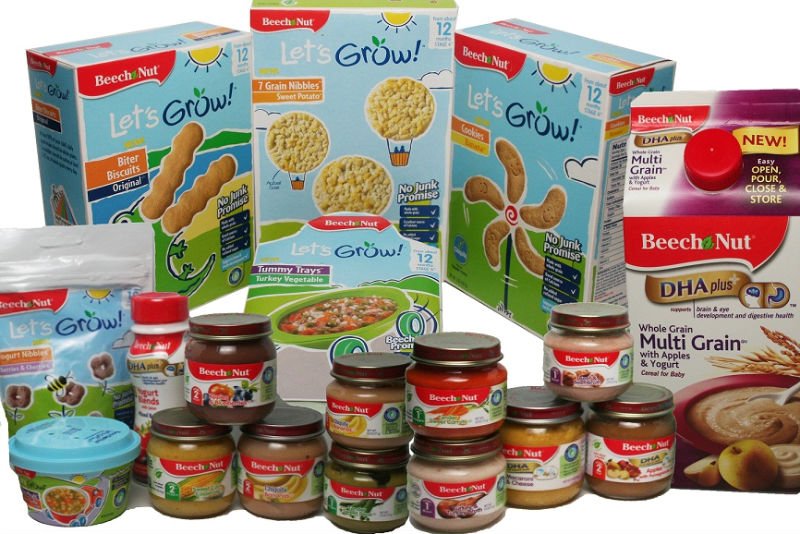
You might be wondering…if she’s a proponent of Baby Led Weaning (BLW), then why are there recipes for pureed baby foods on this site? I’m a strong believer that you should do what works for you in parenting. If you feel that you might better nurture your child by offering pureed foods, or if the BLW approach makes you nervous, trust your instincts. Neither method is the “right” way, they are simply different and may benefit your baby in different ways. Keep reading to find out how I incorporate purees into Baby Led Weaning.
Feeling Unsure?If you’re feeling unsure because other people have told you it’s a bad idea, take a minute to check out my post on Dealing With Doubters. It’s sure to give you a confidence boost and set your mind at ease about how to get started with Baby Led Weaning the right way.
Many moms (including me!) choose to do Baby Led Weaning while still offering purees to their children.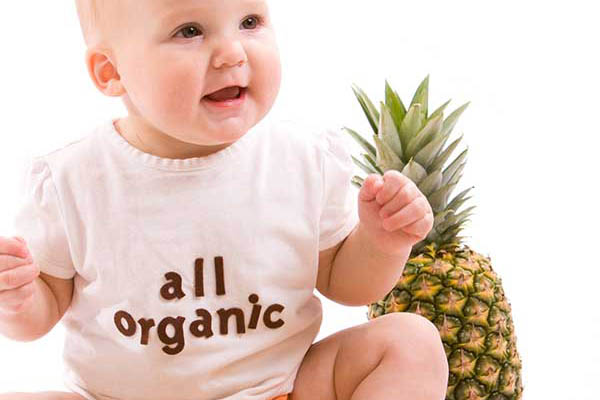 There are some foods, like yogurt, that offer great nutritional value for your infant (protein, probiotics) but can be messy to offer to a 6-month old without assistance. I go more in-depth on how to include purees in my Baby Led Weaning Myths post and my Starter Foods post.
There are some foods, like yogurt, that offer great nutritional value for your infant (protein, probiotics) but can be messy to offer to a 6-month old without assistance. I go more in-depth on how to include purees in my Baby Led Weaning Myths post and my Starter Foods post.
When can I start Baby Led Weaning with my child?
What do I need to get started?
What sort of foods should I be offering?
When should I feed my baby solids? Do I still offer breast milk/formula?
But, my baby has no teeth…how can she chew?
What about choking?
The American Academy of Pediatrics does not recommend offering your baby any solids (pureed or not) before 6 months of age. The majority of infants are not ready to eat solids before then, and there is evidence that it could result in the development of allergies since their digestive systems are not fully developed yet.
6 months is a general recommendation, and of course there are some babies who are ready earlier, and some who might even take a bit longer. All of this should be determined by you and your pediatrician, but generally a baby is ready to go if he/she:
- Shows interest in your food at meal times by leaning or reaching for it
- Can sit up unaided
- Has head and neck control
- Has lost the tongue-thrust reflex, and does not push food out of his/her mouth but is willing & able to swallow
Once you’ve read through this post about how to get started with baby led weaning make sure to prepare yourself with these fun and functional tools! They’ll help minimize the mealtime mess, and make meal prep a breeze.
What sort of foods should I be offering?
The Baby Led Weaning approach means you can offer your baby almost anything you’re eating with a few exceptions.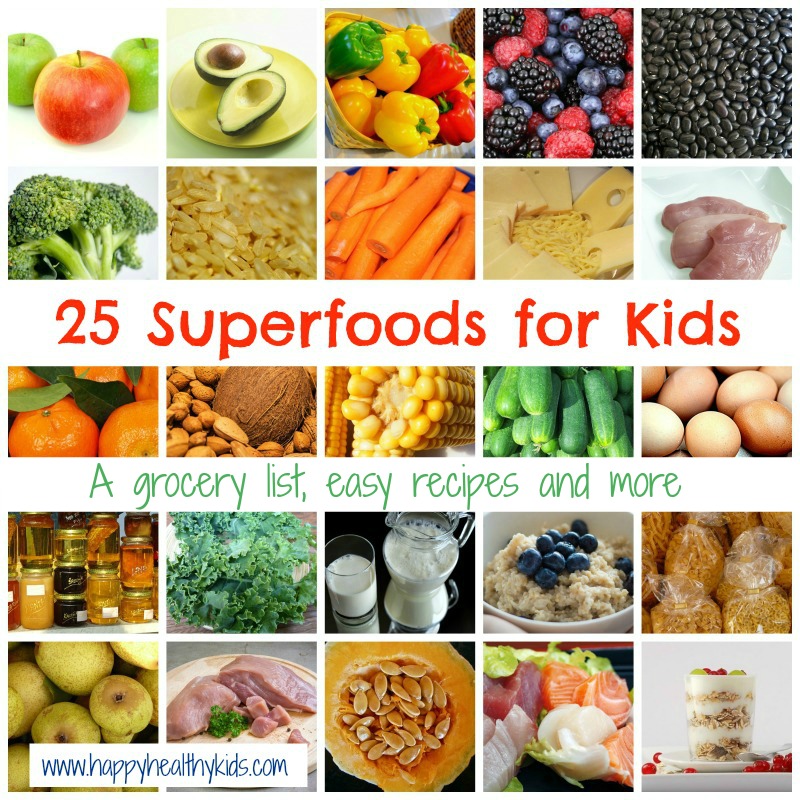
Be sure any food offered does not have too much salt or added sugar. Too much salt can overwhelm their tiny kidneys and added sugar offers no nutritional value, it just adds empty calories.
Do not offer:- Honey to children under 1 year of age. Honey can contain botulinum toxin which can cause botulism in infants.
- Cow’s milk to children under 1 year of age. Babies can’t handle the proteins in cow’s milk before 1 year of age. However, yogurt and cheese made from cow’s milk are acceptable since the proteins in these food have been partially broken down.
- Small, hard foods like whole nuts, popcorn and peanut butter (on its own) can all be serious choking hazards. These should not be offered to infants.
- Bread (limit to one slice a day since it tends to be high in salt/sugar and may cause constipation)
- Fish high in mercury content such as tuna, mackerel, or swordfish (limit to two servings per week to be safe)
- Processed foods like potato chips, canned soups/sauces, condiments and fried foods tend to be loaded with salt & sugar and offer little to no nutritional value.

- If there is history of food allergy in your family you may want to introduce foods one at a time to be sure there is no adverse reaction. Talk to your doctor about this before starting any solids.
- The following foods can be a choking hazard and should be sliced up before offering to baby: whole grapes, bony fish, fruits with pits (cherries, olives, etc.)
- Fish fingers (tilapia works really well simply breaded)
- Chicken (grilled or roasted, cut into strips)
- Steamed Broccoli Florets
- Steamed Carrots (larger pieces not baby carrots)
- Cavatappi (or other “curly” pasta, like fusilli)
- Sweet Potato “Fries” (cut sweet potatoes into strips and bake until soft enough to mash with your fingers)
- Avocado cut into long pieces
- Pears, apples, cucumber, peeled & cut into long pieces
- Canned/jarred mandarin wedges in water (I recommend these over fresh because there are no seeds)
- Toast strips with hummus spread
- Cheese sticks
- Banana with peel as a handle (see picture below)
When should I be feeding my baby solids? Do I still offer breast milk/formula?
Breast milk/formula should still make up the majority of baby’s diet until 1 year of age.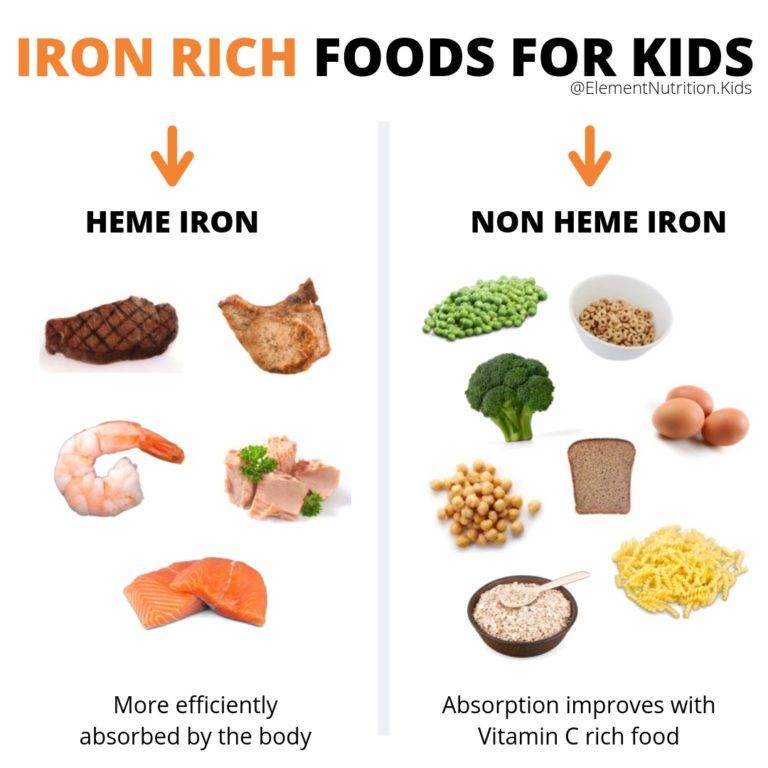 Babies’ tummies are very small, and breast milk/formula is much more nutrient rich than any food. It provides them with everything they need for the first year. You may have heard this saying before, “Food before one is just for fun!” It’s true, for most babies breast milk/formula offers all they need until their first birthday.
Babies’ tummies are very small, and breast milk/formula is much more nutrient rich than any food. It provides them with everything they need for the first year. You may have heard this saying before, “Food before one is just for fun!” It’s true, for most babies breast milk/formula offers all they need until their first birthday.
The introduction of solid foods before 1 year is a “bonus”, may help avoid the development of allergies and allows them exposure to various flavors and textures.
To be sure your baby is getting enough nutrition from milk, I recommend nursing/offering a bottle before each “meal” of solid foods. This will also assure that your baby is in a good mood and doesn’t get frustrated while trying to eat.
What about choking?
First of all, it is very important that you know the difference between gagging and choking (but also know infant CPR). It is totally normal for your little one to gag a bit as they are learning to eat. It takes a while for them to learn the proper way to move food around their mouth. Here is an example of my son gagging when we began Baby Led Weaning at 6 months. Note how he moves the food around and continues to chew…
It is totally normal for your little one to gag a bit as they are learning to eat. It takes a while for them to learn the proper way to move food around their mouth. Here is an example of my son gagging when we began Baby Led Weaning at 6 months. Note how he moves the food around and continues to chew…
Basically, if baby gags but keeps on happily eating and shows no signs of distress, everything is fine. You will know if she’s choking because her eyes will get wide, she won’t be getting any air and she will stop eating. This NEVER happened with with either of my children, and is highly unlikely with Baby Led Weaning.
Because baby is deciding how much food to take in and because BLW encourages chewing rather than sucking, you’ll find babies eat more slowly and very small bits at a time.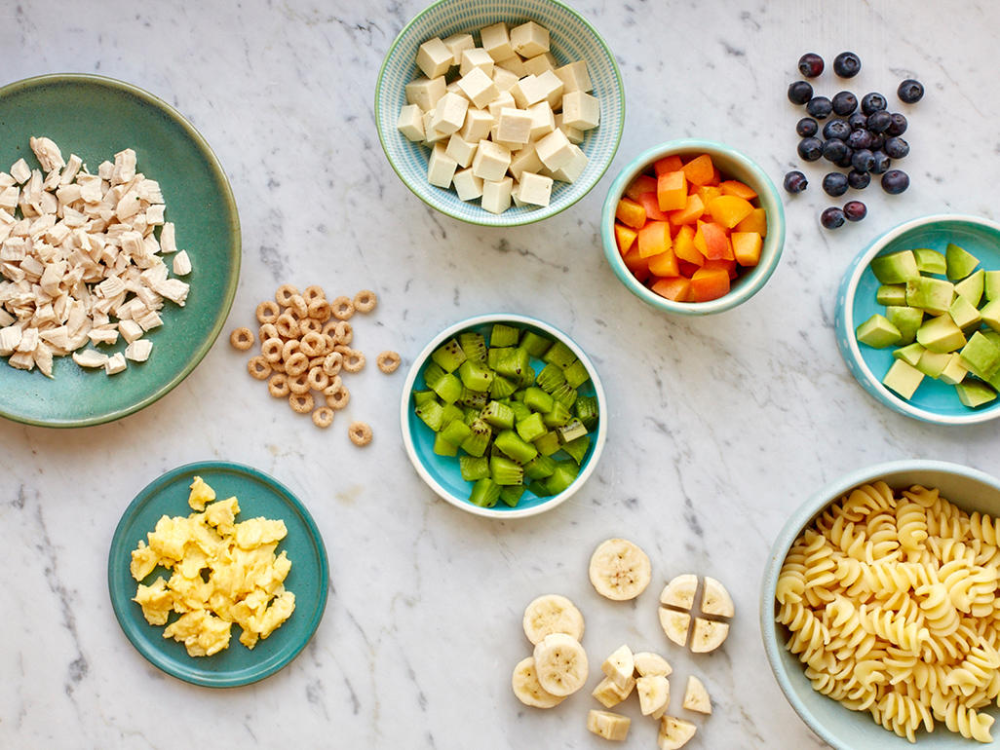 Offering bigger pieces can help avoid choking, too.
Offering bigger pieces can help avoid choking, too.
In the unlikely event your baby is actually choking, call 911 immediately and be prepared with infant CPR techniques.
Still not sure what to feed baby?If you still aren’t sure where to begin, I urge you to check out my 4-week Baby Led Weaning Family Meal Plan! It’s a whole month of original recipes for your BLW baby and everyone else under your roof. Cook once, feed everyone! Along with the recipes are super organized shopping lists and serving tips for various ages (6m+).
For everything you need to know about Baby Led Weaning, check out this book by Gill Rapley and Tracey Murkett, the “creators” of Baby Led Weaning. I write that in quotations because they write in their book that parents have been doing this for a very long time, they just gave it a name and came up with tips, tricks and guidelines.
For some Baby Led Weaning recipes, check out Baby Led Feeding .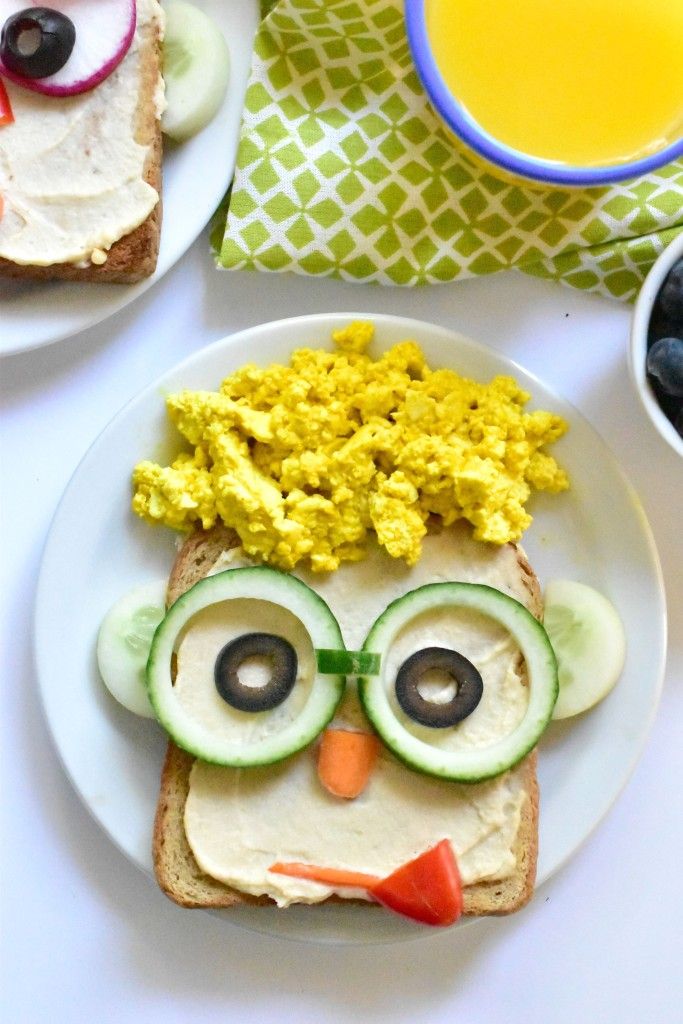 It’s chock full of healthy, tasty options for your little one starting at 6 months! A great tool to get you started with Baby Led Weaning.
It’s chock full of healthy, tasty options for your little one starting at 6 months! A great tool to get you started with Baby Led Weaning.
Do you think Baby Led Weaning is something you might try? Any tips on how to get started with Baby Led Weaning? Post about your experience/opinion in the comments!
Proper nutrition of a child is a guarantee of health - Children's City Polyclinic No. 1
Every parent wants his child to grow up healthy, smart, happy.
From childhood, we must teach our children to choose from the variety of foods that are really good for health. The nutrition of children is somewhat different from the nutrition of adults. If the child's nutrition system is built correctly, then the child develops normally, both physically and mentally. nine0007
Make your family's way of life by introducing your child to proper nutrition every day. There is no need to arrange constant lectures from this on the topic of what is useful and what is harmful.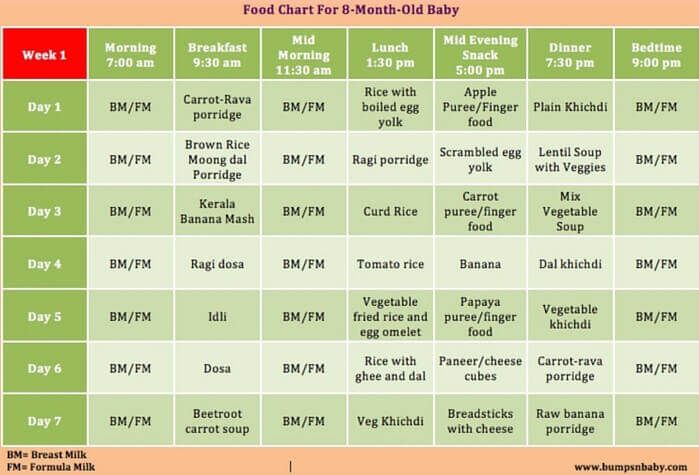 By actively communicating with your child, setting an example, you instill good eating habits.
By actively communicating with your child, setting an example, you instill good eating habits.
Only good things should be spoken at the table. The situation should help the child to relax, then the appetite will be good and the mood will be friendly. Children can help you with serving and decorating dishes. When serving vegetables and fruits, ask the children what vitamins and minerals they contain and why they are so useful. nine0003 In order to organize the proper nutrition of the child, you need to follow several important rules:
Rule 1
Food should be varied.
This is an important condition for the child's body to receive all the substances necessary for growth and development. Every day, the child's menu should include: fruits and vegetables; meat and fish; milk and dairy products; grain products (bread, cereals, cereals). Insufficiency or excess of food consumed by a child can adversely affect the activity of the gastrointestinal tract, contribute to metabolic disorders, increase overweight (even to various degrees of obesity) or lead to malnutrition.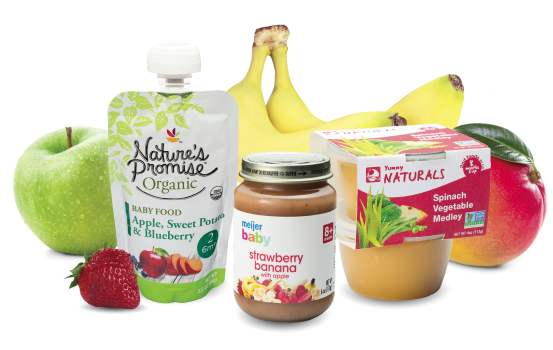 nine0007
nine0007
If the child refuses, there is a healthy dish, offer him to experiment and make the dish unusual.
So, with the help of dried fruits and nuts, you can put a funny face on porridge, use ketchup and greens to draw a pattern on scrambled eggs, put mashed potatoes on a plate in the form of a snowman figure, etc.
What should not be used in children's nutrition:
- Offal, except liver, tongue, heart; blood, liver, raw smoked sausages. nine0045
- Deep-fried foods and culinary products, chips.
- Curds, condensed milk with vegetable fats.
- Koumiss and fermented milk products containing ethanol (more than 0.5%).
- Cream confectionery containing vegetable protein.
- First and second courses based on fast food concentrates.
- Vinegar, mustard, horseradish, hot peppers and other hot spices and food products containing them, including hot sauces, ketchups, mayonnaises and mayonnaise sauces.
 nine0045
nine0045 - Pickled vegetables and fruits.
- Natural coffee and carbonated drinks, apricot kernels, peanuts.
- Products, including confectionery, containing alcohol.
- Food products containing a large amount of food additives in their composition (information is indicated by the manufacturer on consumer packaging).
- Dry concentrates for cooking first and second courses (soups, Dosherak vermicelli, cereals).
Rule 2
The child should eat regularly.
Compliance with the diet of children is of great importance for the absorption of nutrients by the body. Preschool children are recommended to eat 4-5 times a day, every 3 hours, at the same time, distributing the diet as follows: breakfast - 25%, lunch - 35%, afternoon snack - 15%, dinner - 25% . At school age, it is advisable to have four meals a day, every 4 hours with an even distribution of the daily ration: breakfast - 25%, second breakfast - 20%, lunch - 35%, dinner - 20%.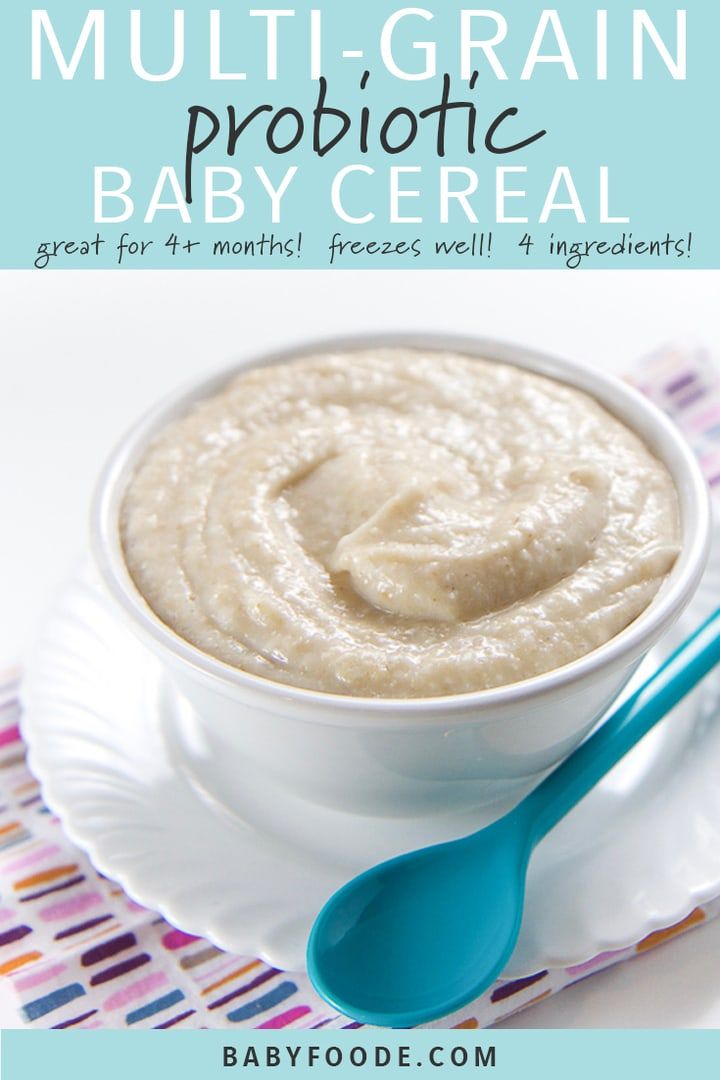 nine0007
nine0007
Try to stop snacking and teach your child to eat only at the table. If this still doesn't work, offer fruit, biscuits, juice for a snack - food that will help drown out hunger, but will not ruin your appetite.
Proper organization of meals at school in the form of hot school breakfasts and lunches is an important health-improving measure for student children in extended day groups, whose diet should be 50-70% of the daily norm, which, unfortunately, parents do not have enough are paying attention. Eating sandwiches, pizza, chips, chocolate bars is harmful because - this food is inferior in composition and also irritates the stomach, contributing to the development of gastritis. nine0007
Rule 3
A child's diet should replenish his daily energy expenditure.
If your child is overweight, limit the amount of sweets and high-calorie desserts, empty the refrigerator.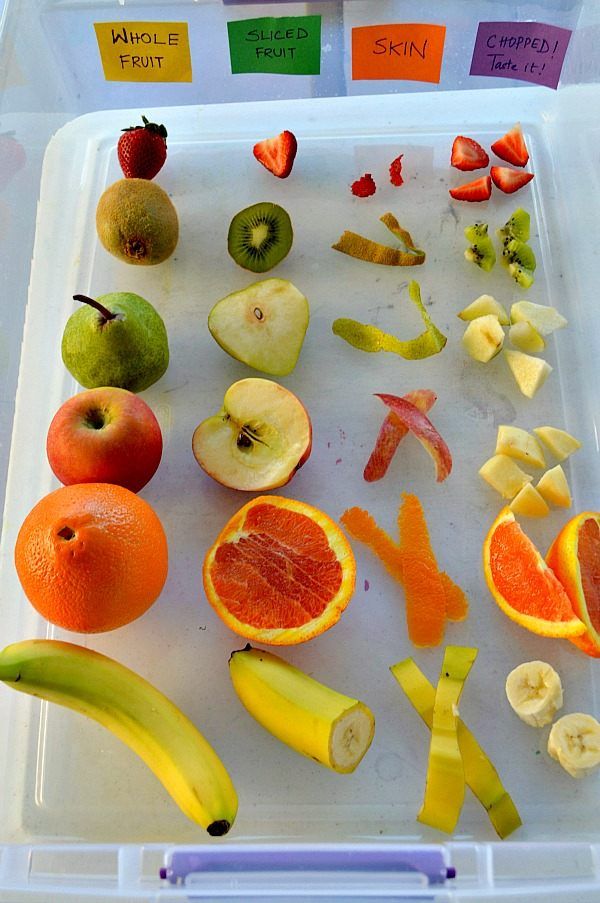 Put a bowl of fruit on the table, a plate of whole grain bread. Children can eat fruits without any restrictions, it is almost impossible to overeat them, and they are very useful. With a lack of any mineral substance or vitamin, the child himself will ask for the apple or even greens he needs. nine0007
Put a bowl of fruit on the table, a plate of whole grain bread. Children can eat fruits without any restrictions, it is almost impossible to overeat them, and they are very useful. With a lack of any mineral substance or vitamin, the child himself will ask for the apple or even greens he needs. nine0007
Try to get your child involved in sports, take walks together, even if little by little, but regularly.
Thus, building proper nutrition for children requires taking into account the characteristics of the child's body, knowledge of certain rules and principles of healthy nutrition.
The material was prepared by the editorial and publishing department of GBUZ JSC "CMP" - 2020
Products prohibited for children
List of prohibited products for children.
Child nutrition during illness
What foods should not be eaten by children with various illnesses?
Anxious mood of parents is often associated with the problem of poor appetite of their child.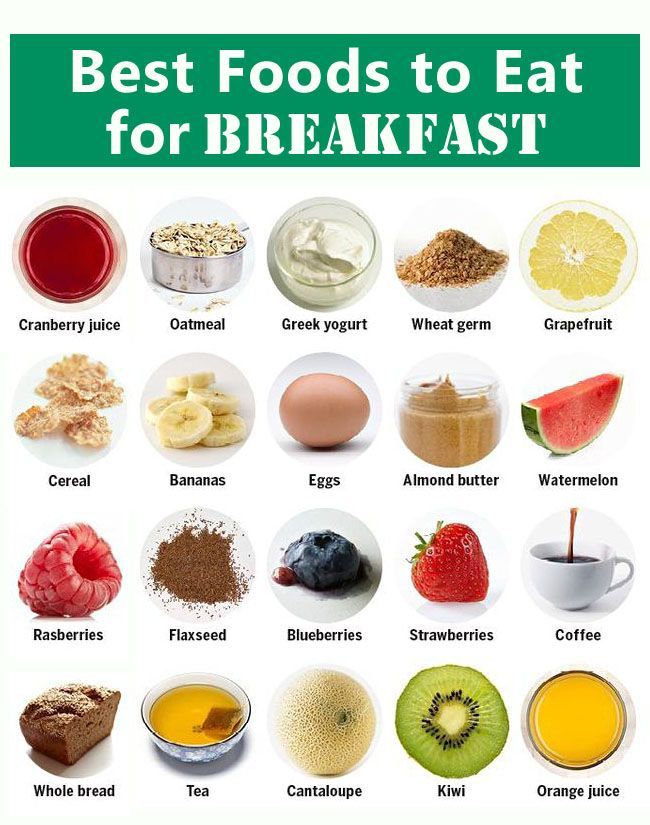 Moms and dads are worried about what to feed the child so that he eats with appetite and, God forbid, does not lose weight. But most of all problems arise with feeding the baby, when he has health problems and there are severe dietary restrictions. What kind of food should not be eaten by children with this or that disease?
Moms and dads are worried about what to feed the child so that he eats with appetite and, God forbid, does not lose weight. But most of all problems arise with feeding the baby, when he has health problems and there are severe dietary restrictions. What kind of food should not be eaten by children with this or that disease?
Prohibited foods for children
The small organism grows rapidly and requires proper and balanced nutrition for its development. Carbohydrates, fats, proteins, vitamins, macro- and microelements are necessary substances for the normal physiological development of muscle and bone tissue, the brain, the proper formation of internal organs: the heart, kidneys, lungs, spleen, liver.
Proper nutrition of a child in the first years of life depends on his subsequent health and the possibility of self-realization in adulthood. Therefore, it is important to lay the foundation for proper nutrition from an early age in order to avoid health problems in the future.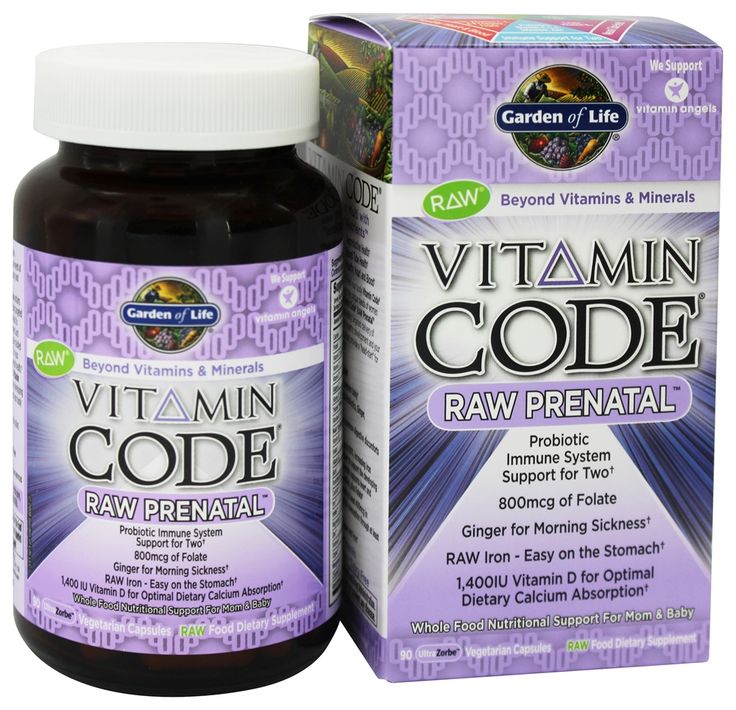 nine0007
nine0007
What should not be eaten by children under one year old?
Most pediatricians have come to the conclusion that breastfed babies should not receive any form of whole cow's or goat's milk. If a child is deprived of the opportunity to receive mother's milk, then such children are recommended adapted milk formulas for breast milk.
Cow's and goat's milk
Cow's milk is considered heavy food for the baby. It contains a large amount of proteins, fats, mineral salts. The kidneys of the child begin to work with great effort, which leads to their overload. The liquid is excreted in a larger amount than necessary according to the physiological norm, which leads to the thirst of the baby. He receives a new portion of milk, so a "closed ring" is created. nine0007
Cow's milk does not contain enough iron for a growing baby. Goat's milk contains less vitamin A than cow's milk, although in other respects it is closest to mother's milk.
The use of cow's milk in the early period of life can lead to the development of diabetes, iron deficiency anemia, and allergic diseases.
In addition, babies under two years of age have not yet formed enzymes that can break down the nutritional components of cow's milk. As a rule, cow's milk is not completely absorbed by the child's body. nine0007
IMPORTANT: It is not recommended to give yogurt to children under one year old, as it has a high acidity and contains alcohol.
What should children under 3 not eat?
Sugar and salt
Salt and sugar should not be given to children, at least as long as they can be dispensed with. And it is best not to give these products until the age of three. Since the addition of salt and sugar is considered traditional in cooking, the baby will sooner or later get acquainted with the taste of salted and sweet food in kindergarten or school. nine0007
IMPORTANT: As shown by Roskontrol: many children's fermented milk products contain a high percentage of sugar.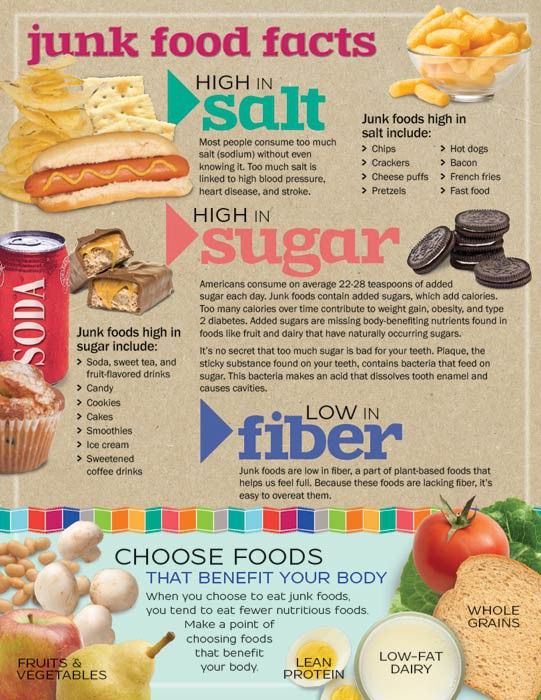 Therefore, babies should be given unsweetened and not very acidic natural fermented milk products with a short shelf life.
Therefore, babies should be given unsweetened and not very acidic natural fermented milk products with a short shelf life.
Semolina
Gone are the days when semolina was considered an indispensable product for baby food. It turns out that semolina contains gliadin, one of the components of gluten that makes it difficult for children's intestines to work. Fitin - another ingredient in semolina, inhibits the absorption of vitamin D and calcium. nine0007
Semolina gluten can cause allergic manifestations in a child in the form of red itchy spots. Excessive feeding of semolina often leads to overweight children, which is difficult to get rid of later.
Juice or puree?
Many pediatricians differ in their opinion: is it possible to give children juices of industrial production and their own preparation? Some allow giving juice to babies, other doctors do not recommend drinking juice for babies up to a year and a half, but insist on the use of fruit and vegetable purees.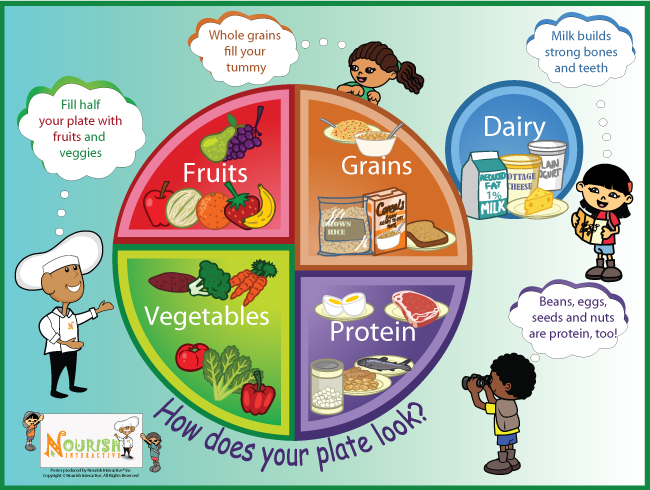 Their motivation is based on the fact that such food is rich in plant fiber and has a beneficial effect on the baby's intestines. nine0007
Their motivation is based on the fact that such food is rich in plant fiber and has a beneficial effect on the baby's intestines. nine0007
What should children 4-5 years old not eat?
Babies at the age of 4-5 years old parents often transfer to adult food.
IMPORTANT: Dairy and sour-milk products made according to general production standards, and not according to special baby food technology, are of particular danger to children.
Honey
Honey is a useful natural product containing many biologically active components, macro- and microelements, and vitamins. But this bee product can cause allergic manifestations. In early childhood, it is better to give up honey and carefully introduce it into baby food later. nine0007
Sausages and frankfurters
Sausages and frankfurters are allowed to be given to children after the age of three, prepared according to a special technology for baby food. Labels on such products are usually provided with inscriptions from what age this product can be consumed.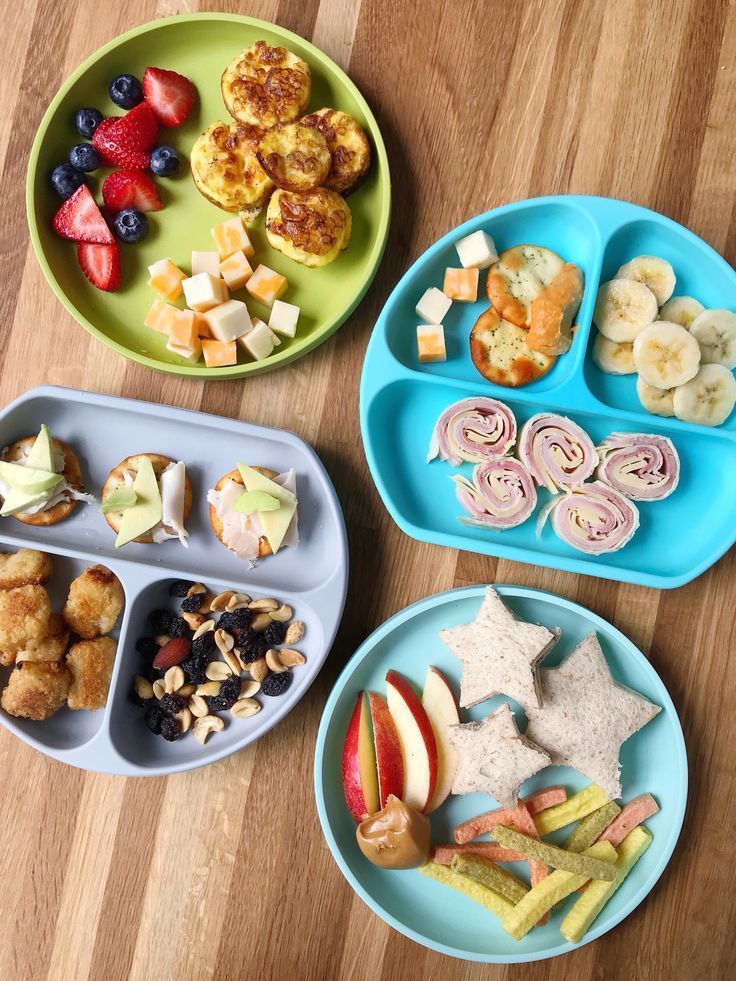 There will be no great harm to the health of the child if he eats baby sausages no more than once every two weeks.
There will be no great harm to the health of the child if he eats baby sausages no more than once every two weeks.
IMPORTANT: Roskontrol does not recommend giving young children sausage products intended for adult nutrition. These products contain many ingredients that are harmful to the child's body: preservatives, flavor enhancers, phosphates, nitrites and other harmful substances. nine0007
Chocolate
Sweet treats should not be given to babies for a number of reasons:
chocolate contains sugar
cocoa powder can provoke allergies
cocoa butter is difficult to digest in the gastrointestinal tract9 of a child
seafood and caviar red caviar is a healthy food product containing a lot of complete protein and other useful components. But this is not food for younger children. Sea food ingredients are very allergenic, besides, sea food products and red caviar are processed with many preservatives and have a strong salty taste, which is unacceptable in baby food. nine0007
nine0007
Strawberries, citrus fruits and other exotic fruits
Beautiful and tasty exotic fruits and fruits: kiwi, avocado, citrus fruits, pineapple, can cause severe allergic skin manifestations not only in babies, but also in older children. Strawberries, wild strawberries, raspberries also contain allergens, it is better not to give them to children, especially those who are prone to allergic reactions.
What is strictly prohibited for children to eat?
There are forbidden foods for babies in their first years of life:
whole milk
honey
mushrooms
Nuts
Black and green tea
Coffee
Chocolate
Fastfood
In industrial production of children's food, there is a list of products unacceptable for children:
Vinegar
Ethyl alcohol with a concentration of more than 0.2%
apricot kernels
sweeteners (except those special for dietary and baby food)
artificial flavors
benzoic and sorbic acids (they are used as preservatives)
hot and hot spices: pepper, mustard, horseradish
red meat, fish and poultry after refreezing
trans fats and hydrogenated oils
juice concentrates
food additives (various E additives not allowed in Russia for the production of baby food)
Prohibited products for children with various diseases
Childhood illnesses are a test not only for the child's body, but also for parents. Only by the joint efforts of a doctor and loving moms and dads can the child’s recovery be accelerated, and these are: drug treatment, proper regimen and hygiene, good nutrition, excluding certain foods from the diet for various diseases. nine0007
Only by the joint efforts of a doctor and loving moms and dads can the child’s recovery be accelerated, and these are: drug treatment, proper regimen and hygiene, good nutrition, excluding certain foods from the diet for various diseases. nine0007
What should not be eaten in children with lactose?
Lactase deficiency is associated with the absence or insufficient amount of an enzyme that can break down milk sugar - lactose, which enters the body with dairy products.
In this disease, children experience disorders of the gastrointestinal tract: diarrhea or constipation, weight loss, foul-smelling frothy stools, regurgitation, vomiting, colic, bloating.
If lactose intolerance is suspected, babies are placed on a lactose-free or low-lactose diet. After the diagnosis and treatment of the disease that caused lactase deficiency, the child undergoes control tests. With positive dynamics, the doctor may give permission for the gradual introduction of fermented milk products into the diet.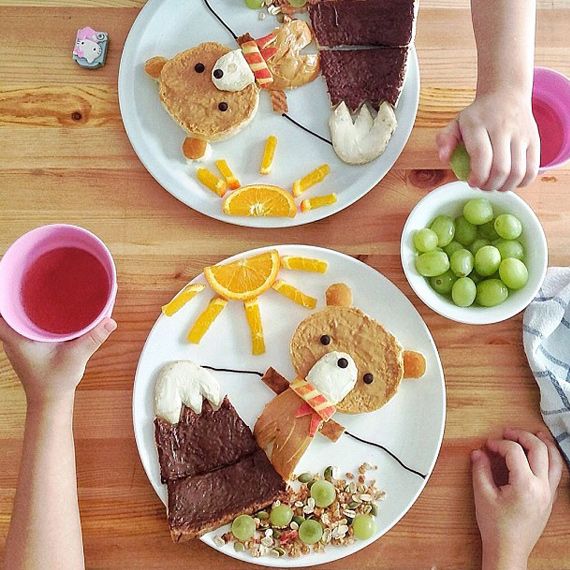 nine0007
nine0007
IMPORTANT: Lactose is not only found in milk and dairy products, it is used in the manufacture of medicines, margarine, candy, bread, ham and sausages. Before buying certain products, you should carefully read their composition on the label.
What should not be eaten by children with angina?
Angina is a disease caused by viruses and bacteria. It is characterized by severe sore throat and high fever. During illness, the child's appetite is usually absent and this worries parents very much. nine0007
During an acute illness, do not force-feed your baby. Lack of appetite is a protective reaction of the body to the disease. After a few days, the child will begin to recover and the desire to eat will appear again.
Children with angina should not be given solid food. Food should be well ground, preferably to a puree state. Sour drinks, hot and cold dishes are contraindicated for an inflamed throat. Food should be warm and good tasting. nine0007
nine0007
What should children not eat if they have allergies?
Allergic manifestations in children are caused by many reasons: food intolerance, drug intolerance, allergy to dust, animal dander, plant pollen, etc. During allergic manifestations, it is very important to adhere to the right diet and completely eliminate the products that provoke the appearance of allergies.
Allergic products
cow's milk
chicken eggs
bakery and pasta products containing gluten
honey
chocolate
citrus fruits
red berries: strawberries, wild strawberries, raspberries
chicken meat
seafood and certain types of fish
Chickenpox is an infectious viral disease that affects almost all children attending preschool or school institutions. The acute period of the disease is associated with a rise in temperature, headache, itchy skin rashes in the form of fluid-filled vesicles.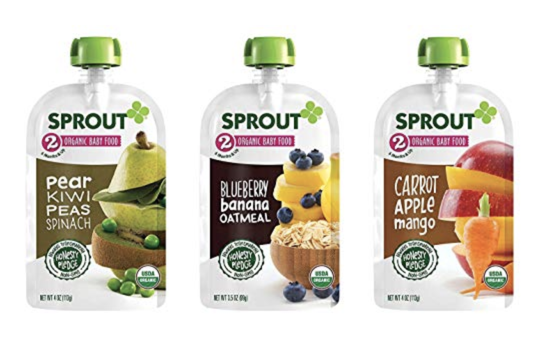 nine0007
nine0007
To help your child cope with the disease and move to the recovery stage faster, you need to follow the right diet, consisting of healthy and complete foods. During illness, food should be excluded, which is difficult for the child's body to digest and can cause a number of complications from the gastrointestinal tract.
It is not recommended to feed a sick child with fatty, spicy, salty, sour and fried foods. Food should be balanced, light, soft, warm. Too hot and cold food is contraindicated for the child. nine0007
Foods to avoid during chicken pox:
milk
garlic
ginger
citrus fruits
red meat
What should children not eat with dysbacteriosis?
Dysbacteriosis is a disease associated with disturbances in the normal intestinal microflora of the body. An imbalance between “beneficial bacteria” and pathogenic bacteria causes improper bowel function.
The child is concerned about:
intestinal motility disorder (constipation or diarrhea)
abdominal pain
vomiting
Bloating
Apathy and lethargy
Lack of appetite
causes of dysbiosis in children are different:
consequences of antibiotic therapy
Militable power 9000,
Vitamin deficiency 9000 9000 9000 9000
9000
with dysbacteriosis and the exclusion of unacceptable products contribute to the rapid recovery of the baby.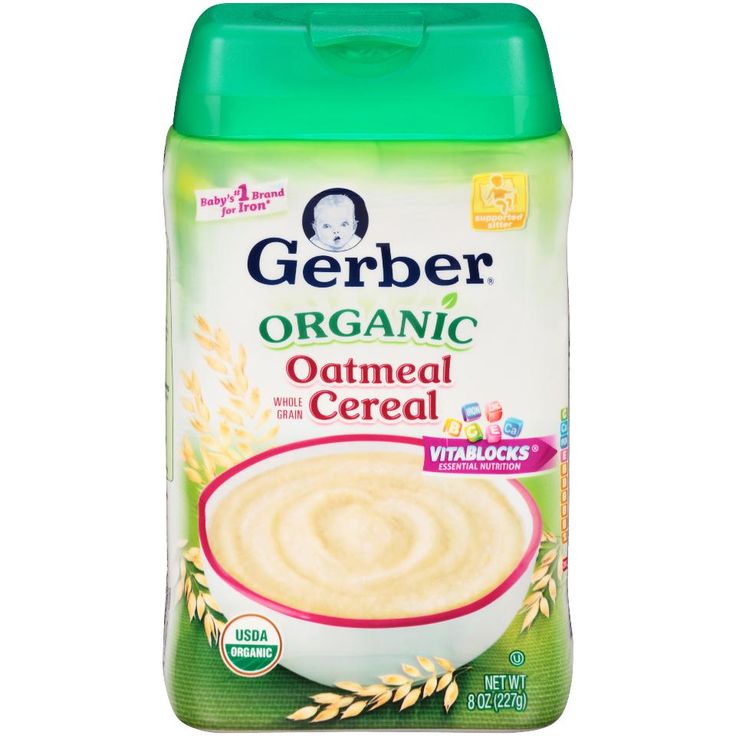
Foods to avoid in dysbacteriosis:
sour berries and fruits (cherries, sour apples, cranberries, pomegranates, tangerines)
raw vegetables and fruits
foods that cause fermentation in the intestines (grapes, cabbage, legumes, carbonated drinks)
sweets
canned food
smoked meats
fast food dishes
What should not be eaten when a child has colic?
Colic often accompanies the little man in the first months of life. The baby is born with a sterile intestine and an immature gastrointestinal tract. In the body of a child, there are still not enough enzymes that can fully break down food. That is why a nursing mother should pay great attention to her nutrition. nine0007
Products that should not be included in the diet of a nursing mother
whole milk
cabbage
Shipped water
store vegetables and fruit juices
Sweets and sdoba
Chocolate 9000
Bob
To prevent colic baby, the diet of a nursing mother should consist of steamed, boiled or baked foods.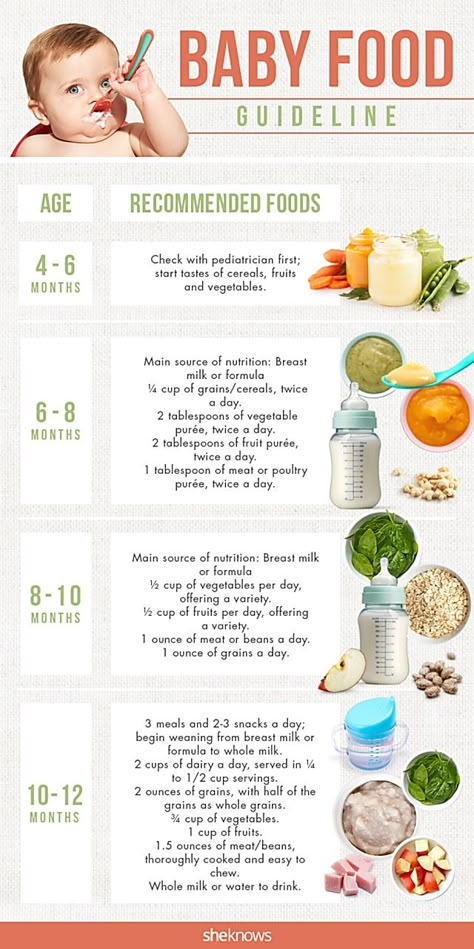 Preference should be given to vegetables and fruits with a green color. With further maturation of the child and the disappearance of colic, the choice of food products can be expanded, based on the recommendations of the doctor. nine0007
Preference should be given to vegetables and fruits with a green color. With further maturation of the child and the disappearance of colic, the choice of food products can be expanded, based on the recommendations of the doctor. nine0007
What should not be eaten if a child has diarrhea?
Diarrhea in a child can be caused by various reasons. These include poisoning, viral and infectious diseases, teething, gastrointestinal diseases, etc. But whatever the appearance of a digestive tract disorder is associated with, the key to a successful recovery of the body is properly prescribed nutrition in case of illness
breastfeeding should not stop breastfeeding. Pediatricians recommend increasing the number of feedings, but reducing the dose of milk to avoid overfeeding and reduce the load on the baby's gastrointestinal tract
Formula-fed babies should be fed in the same way. That is, reduce the dose of formula for one feeding, but increase the frequency of feedings. In this case, it is recommended to use adapted fermented milk and low-lactate mixtures
In this case, it is recommended to use adapted fermented milk and low-lactate mixtures
For older children who have switched to "adult food", a special diet should also be developed by a doctor. At the same time, food must be prepared according to certain rules.
Food products that are difficult to digest and cause fermentation processes in the intestines should be discarded. Food is recommended to boil, bake, steam. Food products should be crushed with a blender or rubbed through a sieve. You can not eat fatty foods. Kashi (rice, oatmeal, buckwheat) should be boiled in water without adding milk. nine0007
Products prohibited during diarrhea in children
Fresh vegetables, fruits and berries
Fatty meat
Fresh bread
Assed drinks
concentrated meat broth
What cannot be eaten under the rotary union?
Rotavirus infection is called "intestinal flu". The disease is transmitted by viruses through food, especially dairy products.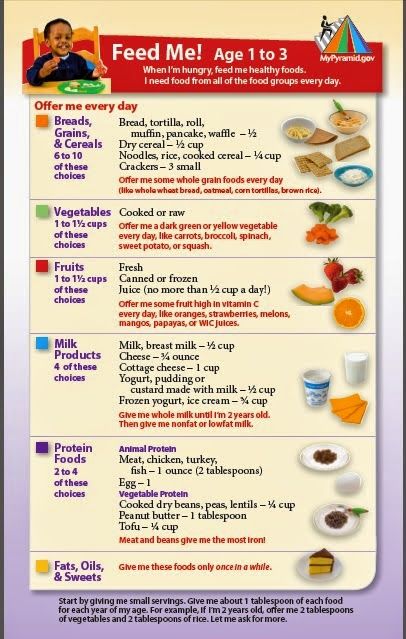 Babies from 6 months to 2 years of age are most often infected with a viral infection. nine0007
Babies from 6 months to 2 years of age are most often infected with a viral infection. nine0007
Intoxication of the child's body leads to fever, intestinal colic, liquid diarrhea, dehydration.
IMPORTANT: Young children become dehydrated very quickly. With intestinal flu, a loss of 10% of fluid can seriously affect the health of the baby, and in some cases even lead to death.
If the child is sick with rotavirus infection and refuses to eat, do not insist and force-feed the baby. But you need to drink the child often in small portions of water every half hour. This is an important and strict requirement that must be met in order to avoid fluid loss. nine0007
For intestinal flu in children, follow the recommendations:
During the acute period of infection, accompanied by high fever and vomiting, it is better not to feed the child, but to give him saline rehydration solutions and drinking water
Infants should be given breast milk little by little, and in between between feedings - water
Infants who are bottle-fed should switch to lactose-free formulas during the period of illness, in consultation with a pediatrician.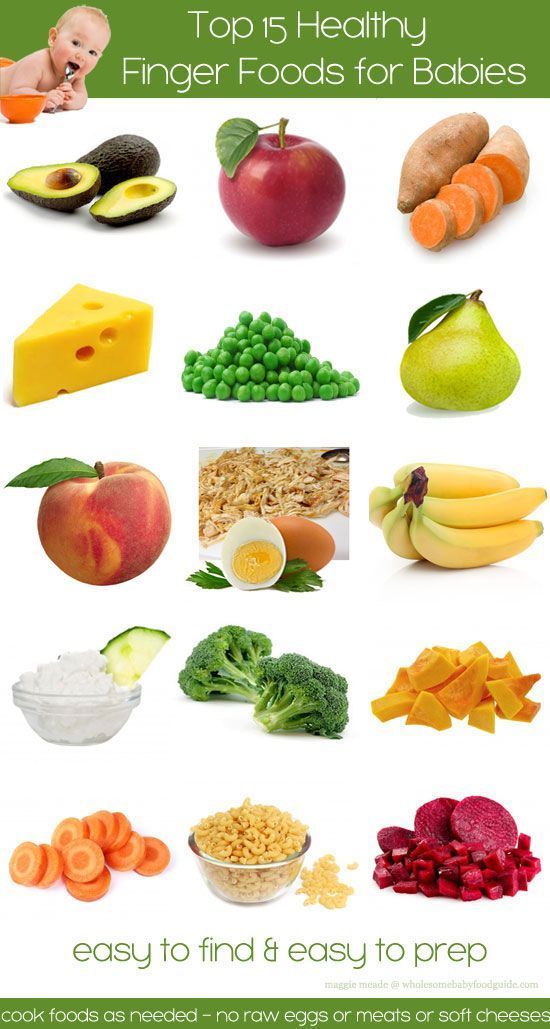 nine0007
nine0007
Eliminate from the diet foods that irritate the intestines: fried, salty, canned foods, foods containing coarse fiber
Feed the child often in small portions cook boiled dairy-free cereals, weak meat and vegetable broths, give mashed fruits and vegetables, fermented milk products
IMPORTANT: Until the stool normalizes, the following should be excluded from the child's diet: whole milk, juices, fresh fruits and vegetables
What can not be eaten with stomatitis in children?
Stomatitis is a disease associated with inflammation of the oral mucosa. The disease causes the child suffering in the form of pain, high fever, inability to eat due to sores in the oral cavity. It is extremely difficult to feed a child with such a disease. This circumstance worries parents a lot.
Recommendations for feeding a child with stomatitis
Do not feed the child with spicy, sour and salty foods that can irritate the oral mucosa
The temperature of the food should be warm, comfortable for consumption. Hot and cold foods are not suitable for feeding a child
Hot and cold foods are not suitable for feeding a child
Cocoa, chocolate are excluded from the menu, sweet foods are limited as much as possible
Solid texture of food is not suitable for eating. Food should be in the form of purees, soups, liquid porridges
It is not recommended to use dry bread and wholemeal bakery products
Tomatoes, sour berries and fruits, citrus fruits are excluded from the diet. nine0007
Garlic, onion, radish, spices that irritate the oral mucosa are not allowed in the diet.
What not to eat when a child has a temperature. Lack of appetite and unwillingness to eat in the early days of illness is normal. You can not force the child to eat at this time.
At high temperatures, it is preferable for children to drink plenty of water in the form of sweetened teas, fruit drinks, compotes with dried fruits, jelly. Such drinks are rich in vitamins, which a sick child really needs. nine0007
IMPORTANT: At a high temperature, all dairy products should be excluded from the child's diet: whole milk, cottage cheese, kefir, yogurt, cheese. It is not recommended to use cereals cooked in milk.
It is not recommended to use cereals cooked in milk.
Milk protein (casein) is practically indigestible at high temperatures. Products containing milk in the baby's stomach churn into a rubbery mass. When the temperature drops, there is a high risk of acetonemic syndrome, which manifests itself in the form of vomiting.
What not to eat after mantoux for a child
The Mantoux test is performed to diagnose tuberculosis in children. The examination is carried out by intradermal injection of tuberculin, which is a collection of filtrates of mycobacteria that died during heating.
Tuberculin is a strong allergen that can cause an allergic reaction in allergic children.
IMPORTANT: In order not to distort the true reaction of the child to the Mantoux test, foods that can cause an allergic reaction should be excluded from his diet. nine0007
Allergen products that are not allowed before and after the Mantoux test:
cow's milk
fish
seafood (shrimps, lobsters, crayfish, oysters)
red caviar
chicken meat and broth
7
chocolate
nuts
citrus and exotic fruits (pineapples, persimmons, mangoes)
fruits and berries with a predominance of red and bright orange pigment (strawberries, raspberries, red apples, apricots)
canned food
sweets
industrial food products with food additives (chips, crackers)
fast food
What should not be eaten by a child with constipation?
Due to the imperfection of the child's gastrointestinal tract, malnutrition, insufficient water intake and many other factors, children may develop constipation from time to time.